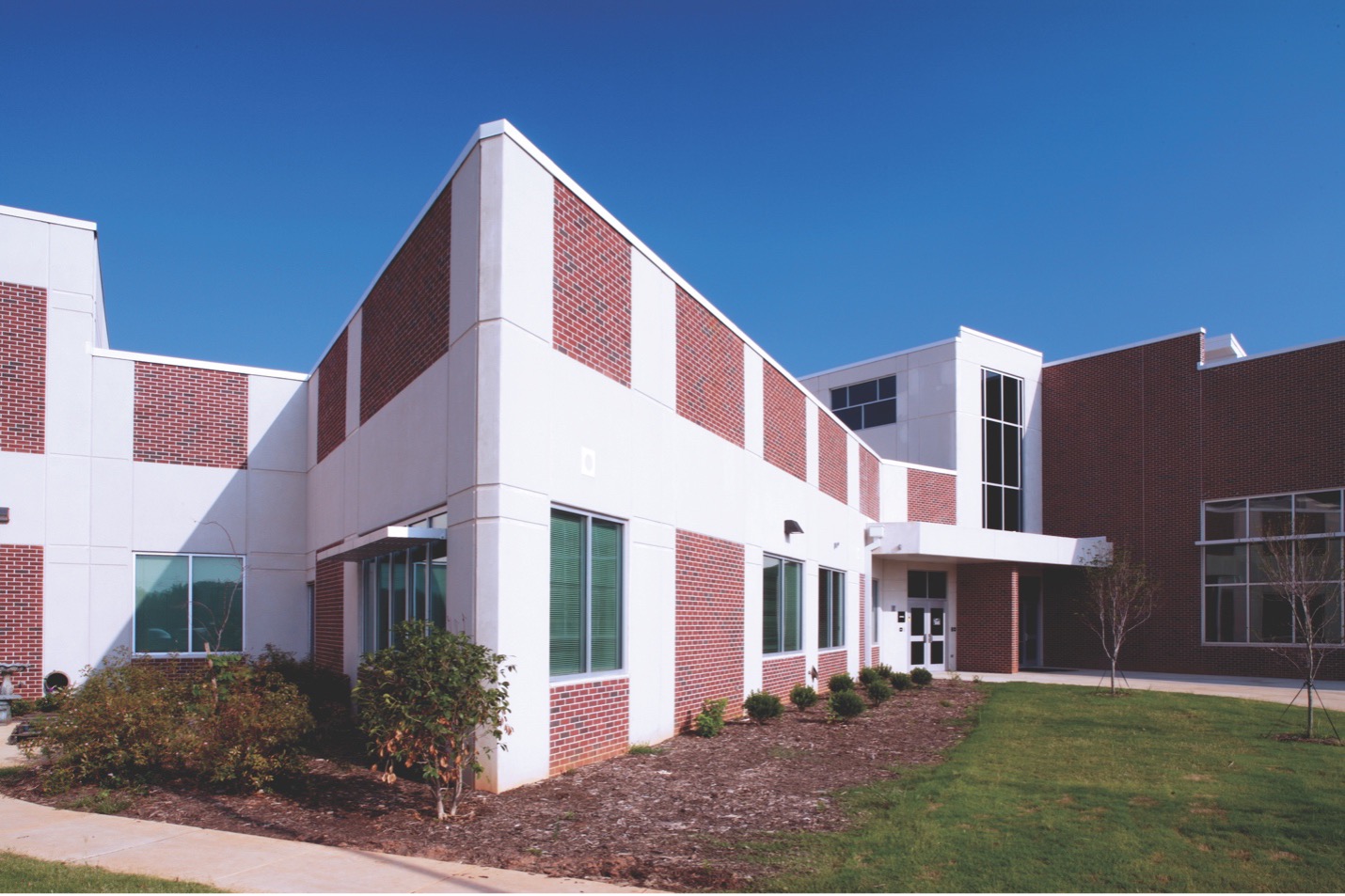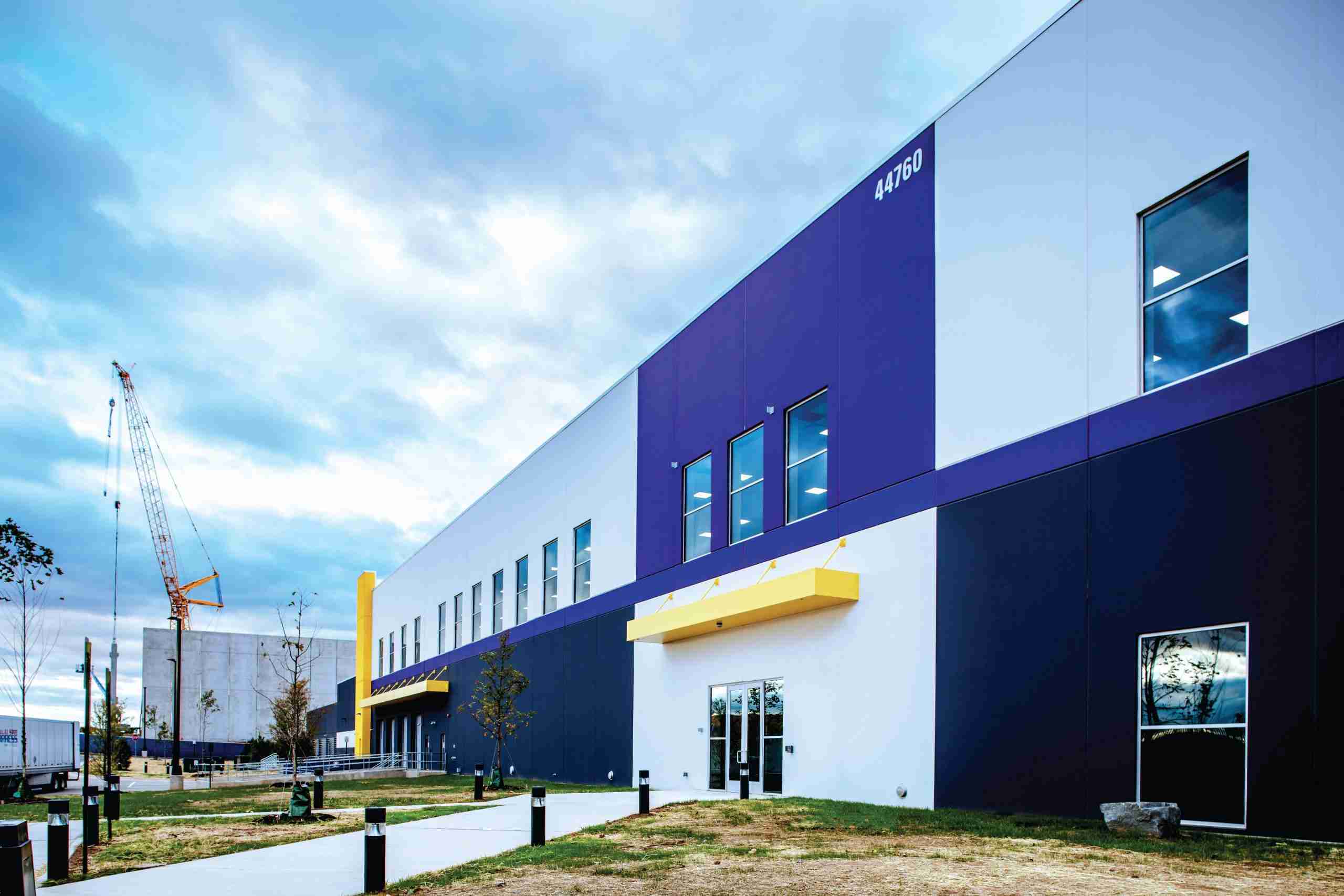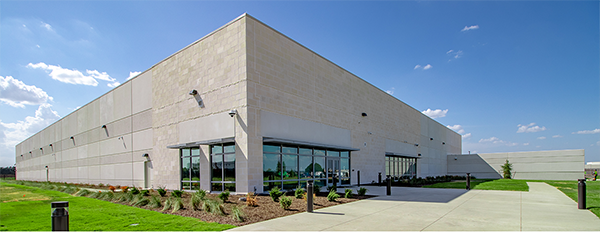As environmental concerns continue to grow, an increasing number of construction professionals are striving to adopt more sustainable practices, but figuring out what exactly makes a building eco-friendly can be tricky. In 1998, the U.S. Green Building Council created the LEED Rating System to address this issue. LEED is a program that provides clear guidelines for builders, as well as third-party verification for green building construction. Certifications demonstrate that building materials and construction methods are environmentally conscious and that the decisions made on the construction site contribute to a healthier and more sustainable world.
In this blog, we’ll discuss LEED certifications. We’ll talk about what they are, how they work, and how precast concrete can be the ideal complement to any green building initiative.
What Is LEED Certification?
LEED, short for Leadership in Energy and Environmental Design, is a globally recognized green building rating system that offers a comprehensive framework for constructing sustainable, healthy, and cost-effective buildings. Unlike other building rating systems that heavily weigh one or two elements, LEED takes a more holistic approach, considering all critical building elements and how they work together to create the best building possible.
LEED certification can be applied to various building types and phases, including new construction and interior fit-outs, as well as operations and maintenance. It is important to include O&M, as the energy usage over the life of the building often exceeds the energy encapsulated in the materials and construction. The certification process starts with building owners or developers registering their projects with the Green Building Council (GBCI), the organization responsible for administering the LEED program. A building earns a LEED rating by then undergoing a rigorous certification process, which includes a review of the building’s design and construction, its HVAC system, and its energy and water usage.
LEED-certified projects must meet strict sustainability standards and are awarded points for adhering to these prerequisites. Credits are assigned for how well the building or project can reduce contributions to global climate change, enhance individual human health, and promote sustainability across several areas such as energy, water, waste, and transportation.
The points earned through the certification process correspond to four levels of certification: Certified, Silver, Gold, and Platinum. A higher number of points translates to a higher level of LEED certification, indicating a more environmentally conscious and sustainable building.
Not all LEED credits carry equal weight, though, when determining certification. 35% of credits relate to climate change, for example, and 20% relate to direct impacts on human health. 15% of credits are connected to a building’s effects on water resources, 10% come from biodiversity, 10% from impacts to the green economy, and 5% are related to the impact a structure has on the community and natural resources. Therefore, while all aspects of a project contribute to the overall score, some carry more weight than others.
Why Is LEED Certification Important?
LEED building certification establishes confidence and signifies a project’s commitment to sustainability. Generally recognized as being better for businesses, people, and the environment, facilities that meet or exceed LEED requirements are more cost-effective to maintain, produce less waste, and offer healthier indoor environments than non-LEED-certified equivalents, offering improved air quality and natural lighting. These structures also promote sustainable transportation options, lead to reduced emissions, and use significantly less energy and water than buildings without LEED certification.
Because of this, owners of buildings that are LEED certified can benefit from lower energy costs, increased tenant attraction and retention, improved employee productivity for businesses, and generally happier tenants overall.
Benefits of Precast for LEED Certification
Durability
Precast concrete offers significant benefits for sustainable construction. One way it does this is through durability. Concrete is one of the most durable building materials available, and precast concrete is even more so. With its resistance to erosion, rotting, rusting, mold, and fires, as well as its ability to withstand the elements, concrete can last for a century or more with minimal maintenance and repair. And because precast is made in an environment that allows for extensive quality control and dimensional tolerance testing, it is of an even higher quality than other types of concrete and is more durable as a result. Its precision allows for accurate and effective reinforcement design, resulting in stronger structures that can be engineered to resist blasts, progressive collapse, high wind loads, and other destructive events.
Recyclability
An additional benefit of precast is its recyclability. Precast concrete can benefit from incorporating industrial byproducts that would otherwise go to landfills, such as fly ash, slag, and silica fume. These materials can enhance the properties of concrete and reduce the amount of cement needed. Cement production is a significant source of greenhouse gas emissions, so using less cement can also help mitigate climate change. Cement manufacturers around the world are working to produce greener products, such as low-carbon cement. Additionally, because precast concrete manufacturers batch their own concrete, they can produce custom mixes and incorporate admixtures that densify cement matrix to reduce the amount of cement used within the mix. Additionally, precast concrete often uses products made of recycled steel for reinforcement and connections, which reduces the demand for virgin steel.
Another recyclability benefit of precast concrete is that it is individually engineered and can be disassembled. This allows designers to plan future additions or modifications to buildings with ease because these precast concrete components can be rearranged or relocated to suit changing needs. This adaptability reduces waste, saves resources when compared to traditional demolition methods, and contributes to precast’s favorable consideration as a sustainable building solution. Precast concrete is also suitable for downcycling, a term that means breaking down building materials and reusing them elsewhere because it comes apart using minimal energy and retains its original qualities. An example of this is broken-down precast concrete being used as an aggregate in new concrete or as a base material for roads, sidewalks, or slabs.
Reduced Pollution and Waste
Since precast is factory cast and typically manufactured off-site using exact-batch technology, there are many inherent sustainability advantages over pouring concrete at a job site. For one, the environmental conditions in precast concrete facilities are more consistent and can be managed better than pouring on-site. This mitigates waste creation and isolates any waste produced to a controlled environment, keeping more pollutants from the job site and minimizing any toxic elements from leaching into the ground or water supply.
Additionally, precast structures can be erected and installed more quickly than on-site builds. This requires less labor, leading to safer work environments, lower levels of noise pollution, and helps keep dust emissions during construction to a minimum.
Better Air Quality
Concrete and precast are highly energy efficient and provide excellent thermal comfort benefits. Precast, in particular, has a high thermal mass, which means it requires less artificial cooling or heating to keep temperatures stable. Incorporating insulated precast panels as part of the enclosure helps to reduce HVAC loads, minimize the impact on microclimates and wildlife, and enables more comfortable work and living habitats for humans.
In addition, the mass of the concrete allows thermal lag and, thus, peak heat loads during the hottest part of the day. This reduces the air conditioning load and the size of the A/C unit necessary at the building, as well as the peak power demand on the electrical grid, often provided by switching on less efficient generators.
Conclusion
Building a LEED-certified structure is a challenging but worthwhile task, as it instills confidence in the building’s quality and sustainability on a global scale. Using precast concrete solutions can make achieving LEED status more manageable, and Tindall, a specialist in top-tier precast construction, can help. With decades of experience constructing some of, you’re in good hands with Tindall, so if you want to optimize your next project, contact a representative today to see how Tindall can help.


